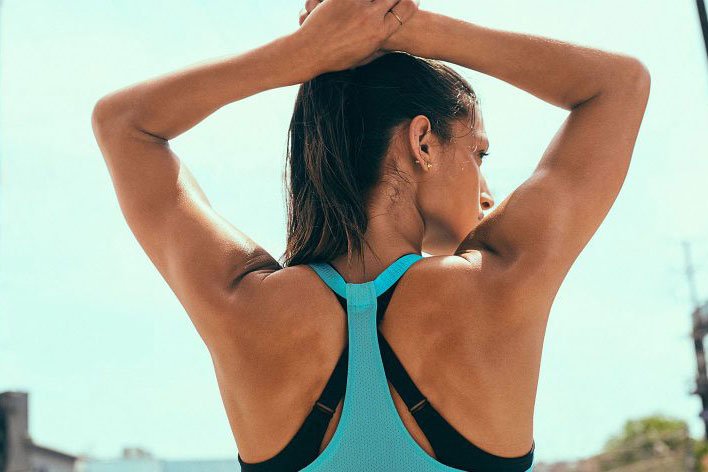Looking to ramp up your workout benefits but spend less time at the gym?
Exercise sessions that get your heart pumping faster are important, of course. But it’s impossible to go all-out for very long.
Instead, consider high-intensity interval training (HIIT)—which involves alternating bursts of vigorous effort (80 to 95 percent of your maximal heart rate) with easier “recovery” periods.
“When you work at your peak effort level, you fire up your metabolism, and keep it elevated, burning calories at a higher level for hours after your workout,” says certified strength and conditioning specialist Neal Pire, the national director of wellness services for Castle Connolly Private Health Partners.
HIIT appears to be an effective and time-efficient way to take things up a notch. In a study published in the Journal of Sports Science and Medicine, people who did 14-minute workouts that included HIIT saw similar fitness improvements to those who did half-hour sessions at a consistent effort.
Plus, research shows that HIIT significantly reduces heart disease risks and blood pressure, and may also protect against type 2 diabetes. An analysis of 50 studies published in Obesity Reviews found that in people at high risk of type 2 diabetes, fasting blood glucose levels were significantly lower following at least two weeks of HIIT than after no exercise.
And you don’t have to be an athlete, or even in great condition, to use or get fitter with this method. It turns out that high intensity, and how long you can sustain it—is subjective, so people at any fitness level and age can train this way.
Older adults may see more benefits than younger folks. Research published in Cell Metabolism this year found that HIIT helps the function of mitochondria and ribosomes—cell powerhouses that break down with age. After 12 weeks of HIIT, mitochondrial capacity in muscle cells increased 69 percent in 65- to 80-year-olds and 49 percent in those 18 to 30.
“Improvements are also likely happening in tissues of the organs, such as the brain, as well,” says researcher Sreekumaran Nair, M.D., Ph.D., a family physician at Mayo Clinic in Rochester, Minn.
Interested? Here’s how to get the benefits of HIIT.
Getting Started With HIIT
As with any exercise program, get an okay from your doctor before beginning. Then, gradually incorporate HIIT into your workouts. Try it on any cardio machine, or while biking, running, walking, or swimming.
“Begin by replacing just one of your usual cardio sessions per week and follow a 1:3 hard-to-easy ratio,” says Cedric Bryant, Ph.D., chief science officer for the American Council on Exercise.
For example, if you’re able to sprint for 30 seconds, take 90-second recovery periods in between. “As you progress, add another weekly HIIT workout and decrease your easy periods, but always give yourself 48 to 72 hours between these sessions,” Bryant says.
You can judge your intensity on a scale from 1 to 10, Pire says. At 2 to 3, conversation should be easy. In the midrange, talking takes effort, and at 7 to 8, you can’t eke out more than a few words at a time.
The American College of Sports Medicine recommends at least 30 minutes of moderate-intensity cardio exercise five days per week or 20 minutes of vigorous activity three times per week. So if you progress to three HIIT sessions, you’ve shaved two workouts off your weekly routine.
Trying to lose weight? Get moving on most days (do moderate activity, such as steady-speed walking, on your non-HIIT days) to keep your calorie burn higher.
Republished from Consumer Reports.


